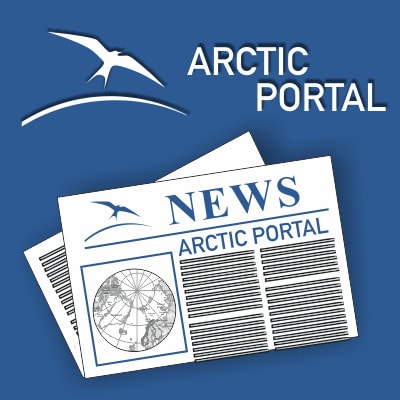In recent decades, Arctic warming has amplified markedly and sea ice has shrunk drastically, leading to an emergent forcing that possibly drives anomalous atmospheric circulation and weather patterns beyond the Arctic.

The special issue of Advances in Atmospheric Sciences, entitled “Impact of a Rapidly Changing Arctic on Eurasian Climate and Weather”, presents a selection of new research efforts towards a predictive understanding of Arctic climate change and its linkage with Eurasian mid-latitude climate and weather.
“Our understanding of Arctic-midlatitude linkages is still at a pre-consensus stage,” says Thomas Jung, chair of the WMO Year of Polar Prediction initiative and professor of climate dynamics at the Alfred Wegener Institute Helmholtz Centre for Polar and Marine Research in Bremerhaven, Germany. He co-authored the issue’s preface as a guest editor. “...it is important, therefore, to bring together the latest research results.”
The special issue focuses on understanding how changes in the Arctic influence the mid-latitude regions of the globe. These areas which include Europe, most of Asia, north Africa, and much of North America sandwich the central tropical region and are capped by the Earth’s poles. While the increased near-surface temperature of the Arctic and the significantly decreased sea ice are undisputed facts, the link between such changes and the extreme climate and weather events in the mid-latitudes is still debated.
Full reference: Zhang, X., T. Jung, M. Wang, Y. Luo, T. Semmler, and A. Orr, 2018: Preface to the special issue: Towards improving understanding and prediction of Arctic change and its linkage with Eurasian mid-latitude weather and climate. Adv. Atmos. Sci., 35(1), 1–4, https://doi.org/10.1007/s00376-017-7004-7
See also at our webpage http://www.polarprediction.net/news/
